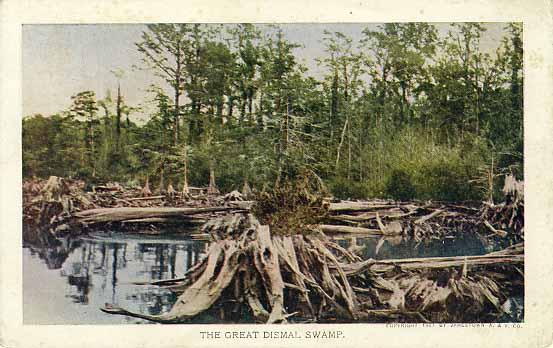Archeologists offer a new look at a secretive settlement of runaway slaves.
In Seeing Like a State and The Art of Not Being Governed, the anthropologist and political scientist James C. Scott explores the idea of nonstate spaces. In such regions, he writes in Art, “owing largely to geographical obstacles, the state has particular difficulty in establishing and maintaining its authority.” Those obstacles can take many shapes—Scott mentions “swamps, marshes, mangrove coasts, deserts, volcanic margins, and even the open sea”—but the result is the same: They become havens “for peoples resisting or fleeing the state.”
It sounds exotic, and the territory that Art ends up discussing in detail—a vast Asian area known as Zomia—is far from America. But such spaces have appeared here in the United States too. The Great Dismal Swamp in North Carolina and Virgina is, as its name suggests, an unforgiving landscape. But it was also a refuge for slaves and for others fleeing authority.
Read the rest…
